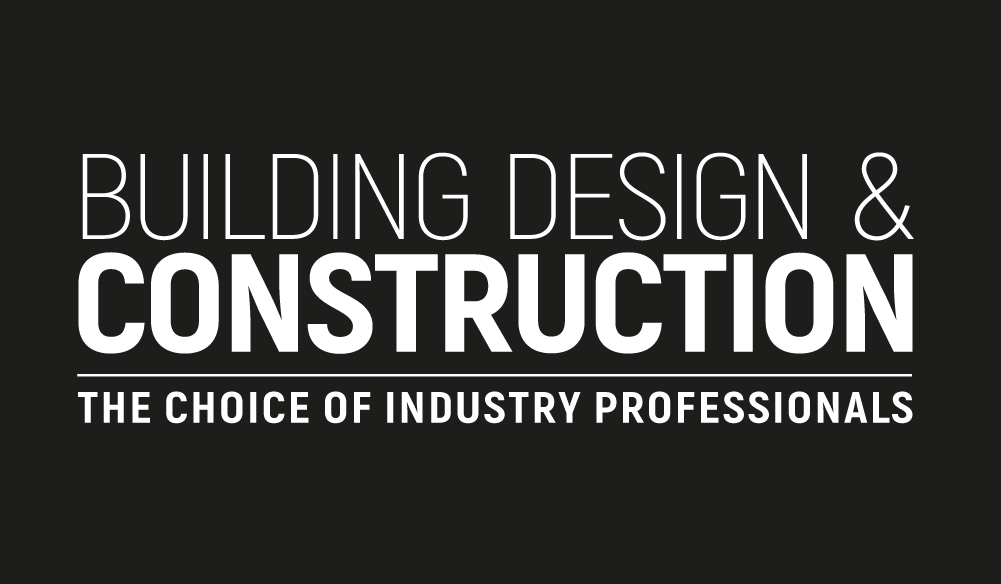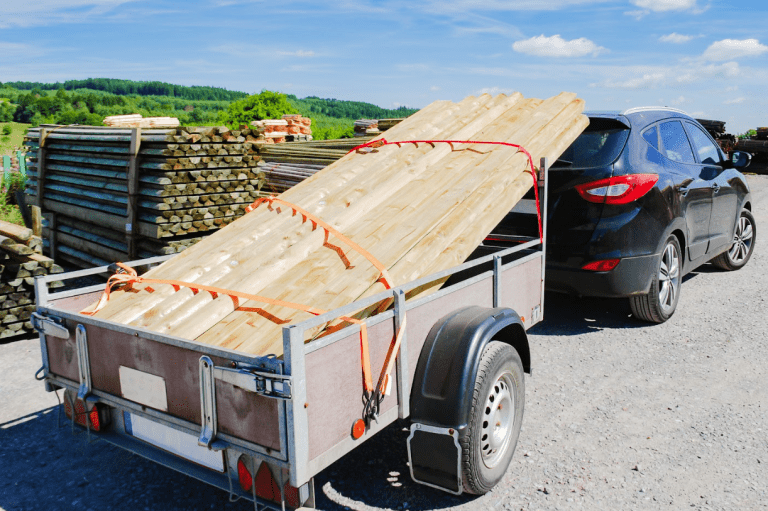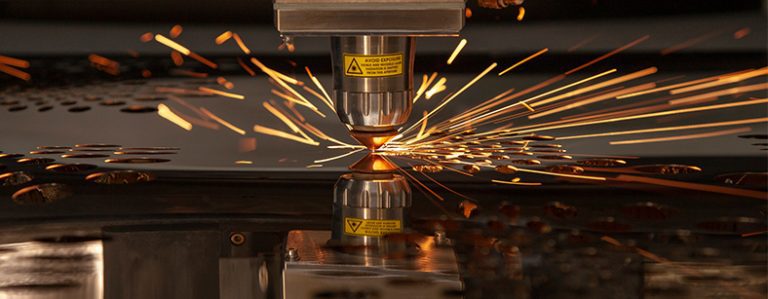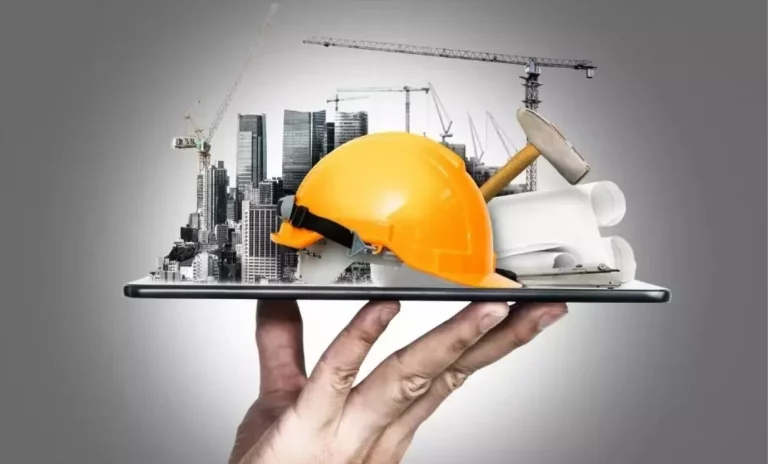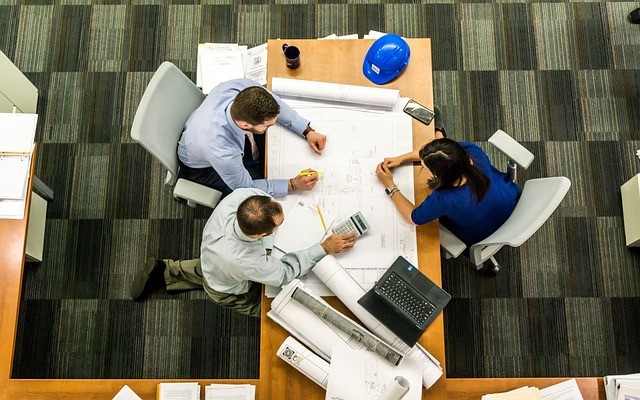The world of construction moves at a fast pace, where efficiency and safety are paramount. One might wonder how a utility trailer, seemingly simple and unassuming, plays a significant role in this vast industry. Yet, the utility trailer stands as an unsung hero, bridging gaps, providing solutions, and ensuring that projects move forward without a hitch. Below, you’ll explore the reasons that make utility trailers indispensable in the construction landscape. The heart of any construction project lies in its materials. Whether it’s the foundational bricks, the robust steel beams, or the stacks of lumber, transporting these raw materials often poses a challenge. Enter utility trailers. These trailers act as reliable vessels, enabling easy and safe transfer of materials from suppliers to the construction sites. Gone are the days of multiple trips or waiting on outsourced transport. With a utility trailer at their disposal, construction companies can have what they need anytime and anywhere they need it. In the construction domain, every penny counts. Projects run on tight budgets, and unexpected expenses can quickly turn profits into losses. Relying on external transportation services may seem like a solution, but frequent hiring can bleed a company’s resources. By investing in a utility trailer, companies gain control over their transportation needs. This control translates into substantial savings over time, especially for long-term projects where transportation needs can be recurrent. Utility trailers aren’t a one-size-fits-all solution. Their diversity in sizes, from compact single-axle trailers for smaller loads to expansive double-axle trailers for hefty equipment, offers construction projects the adaptability they often require. Depending on the nature of the project, be it a small home renovation or a large-scale infrastructure development, there’s a utility trailer tailored for the task. This flexibility ensures that the right tools and materials are always within reach, catering to the evolving demands of the project. Construction sites can sprawl over vast areas, and sometimes projects are split between multiple sites. This geographical challenge necessitates constant movement of tools and materials. Utility trailers step in as the perfect solution. They act as mobile storage and transportation units, ensuring that materials can be easily shuttled from one site to another or moved across a vast construction landscape. This on-site mobility ensures that work continues seamlessly, with minimal disruption due to material transportation needs. The construction industry is fraught with potential hazards, and the safe transportation of materials is a priority. Utility trailers, designed with safety in mind, reduce risks associated with the transport of heavy, sharp, or potentially hazardous materials. With features like tie-downs, safety chains, and well-balanced designs, these trailers minimize the chances of accidents during transit. Thus, they don’t just move materials—they ensure that the journey is safe for both the cargo and the people around. Every construction site battles with space constraints. While the primary goal is to build, there’s also an immediate need to protect valuable tools, equipment, and materials from unpredictable weather conditions, potential theft, or damage. Utility trailers come to the rescue by doubling as temporary storage solutions. Their enclosed or semi-enclosed designs ensure that the stored items remain protected, providing peace of mind to site managers and workers alike. Time is money in the construction world. Delays can cost dearly, not just in terms of finances but also in project credibility. Ensuring that materials and tools are on hand when required is a game-changer. Utility trailers make this possible. By guaranteeing that necessary items are available on-site and on time, these trailers play an integral role in streamlining operations, ensuring that there’s no unnecessary downtime. The construction world is diverse, with each project bringing its unique set of challenges. Utility trailers recognize this diversity, offering avenues for customization. From specialized load-securing systems and tool racks to secure boxes, these trailers can be modified to align with specific project requirements. Such tailored solutions not only make tasks more manageable but also enhance the efficiency of the entire construction process. Beyond the bustling world of construction, utility trailers find their place in various sectors. Be it landscaping, farming, or even general hauling, the uses are myriad. This adaptability makes them a worthy investment for companies. Even if a construction project wraps up, the utility trailer remains a resource, ready to serve in myriad other capacities. Investments in the construction industry are seldom made lightly. The good news is that, when maintained well, utility trailers promise a high resale value. This means that even after serving its purpose for a particular project or company, the trailer can be sold, ensuring that companies recoup a good portion of their initial investment. It’s an asset with enduring value. The Takeaway Utility trailers might not grab headlines in the world of construction, but their contribution is undeniable. By ensuring safe transportation, providing storage, and adapting to varied needs, these trailers hold the fort, making sure construction projects sail smoothly from inception to completion.

